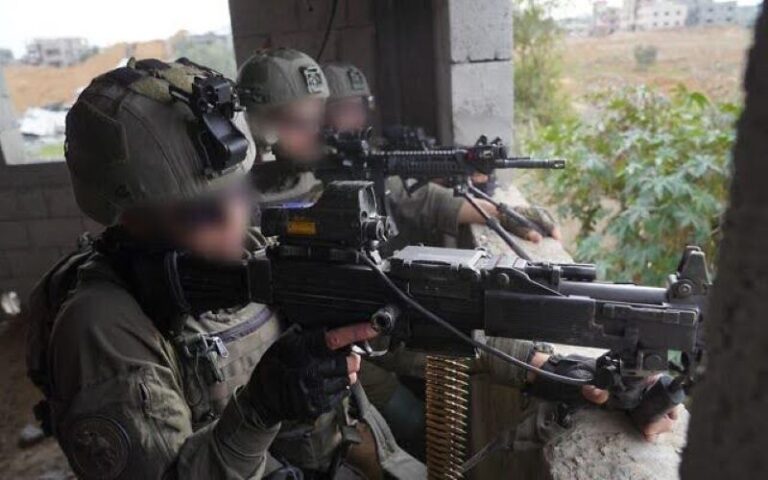Houthi missile attacks on Israel have steadily increased and it’s only outright nissim that have protected Am Yisrael from suffering dozens of fatalities when IDF interception attempts against their attacks failed, such as recent missiles that landed in Ramat Gan and Yaffo.
According to Ynet military commentator Ron Ben-Yishai, the most likely reason for the IDF’s failure to intercept recent Houthi missiles is that Iran supplied them with maneuverable warheads. “Such a warhead separates from the missile during the final third of its trajectory and maneuvers mid-flight—executing pre-programmed course changes—to hit its designated target,” he wrote.
“The warhead of any ballistic missile is hypersonic. Once it re-enters the atmosphere, it uses small rocket engines or fins for navigation during its maneuvering phase. This maneuvering, conducted at speeds of Mach 5 (five times the speed of sound), poses a significant challenge for air defense systems. This could explain why the warhead struck a building in Ramat Efal [the school in Ramat Gan].”
“It’s known that Iran possesses missiles with maneuvering warheads, such as the Khaibar-Shekan and Emad 4. According to foreign reports, several of these missiles struck Israeli air bases at Tel Nof and Nevatim in Iran’s latest attack. It seems that Iran, in collaboration with the Houthis, has developed a method to launch these missiles in low ballistic trajectories, complicating their interception.”
A Wall Street Journal article entitled: Israel’s Enemy in Yemen Proves Hard for U.S. to Deter quoted a recent U.N. report that stated: “The scale, nature and extent of transfers of diverse military materiel and technology provided to the Houthis from external sources, including financial support and training of its combatants, is unprecedented.”
WSJ noted the tenacity of the terror group, withstanding almost ten years of Saudi airstrikes [which took a severe toll on the Yemeni civilian population]. During the same period, Iran helped fund and supply the group “into a technologically sophisticated force able to target oil infrastructure in Saudi Arabia and the United Arab Emirates.”
“In 2004, they were a besieged group hiding in the mountains,” said Mohammed Albasha, a U.S.-based Middle East security analyst for Basha Report. “Now, they’re chasing U.S. carriers with drones and missiles and striking 2,000 kilometers away in central Israel.”
The Houthis “are getting scary,” William LaPlante, the U.S. undersecretary of defense for acquisition and sustainment, said last month. “I’m just shocked” at technologies they now have access to, he said.
They “don’t have a lot to lose,” said Yoel Guzansky, a former Gulf expert for Israel’s National Security Council and now at the Tel Aviv-based Institute for National Security Studies. “They cannot be deterred.”
According to the WSJ report, Russia has also aided the Houthis, providing targeting data for their attacks in the Red Sea, and is considering supplying them with anti-ship missiles.
Ynet’s Ben-Yishai concluded his analysis by stating: “The threat posed by maneuvering warheads on Iran’s heavy, long-range missiles would become existential for Israel should Iran succeed in developing nuclear warheads for these missiles.”
“A single nuclear-maneuvering warhead breaching Israel’s air defense system could cause catastrophic destruction and loss of life.”
(YWN Israel Desk – Jerusalem)












One Response
One suspects that in a few week, the United States will give a “green light” for Israel to resolve the problem. One should note that a major impact of the Houthi/Iranian attacks has been effectively to close the port of Eliat, which as you may recall, was the casus belli in 1967.